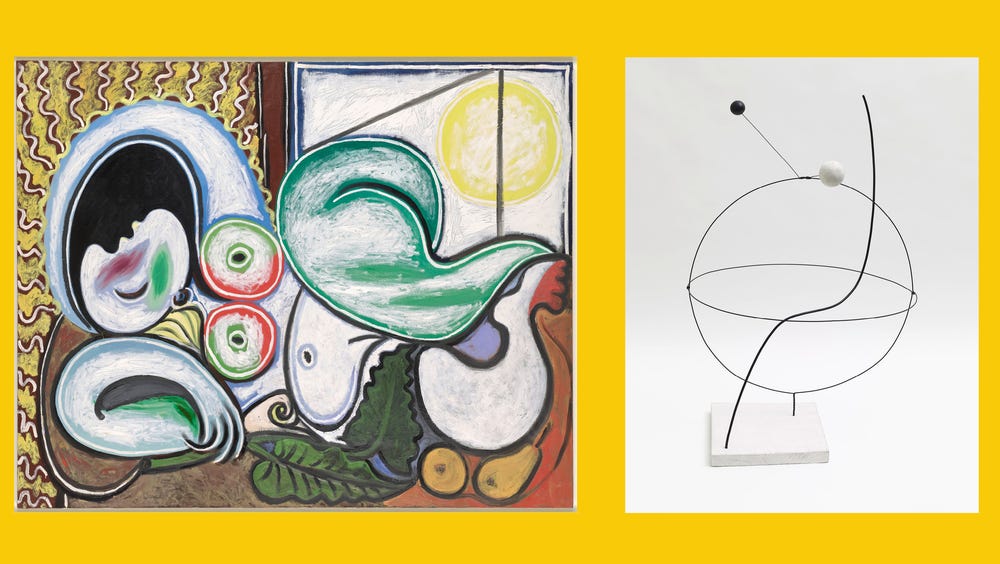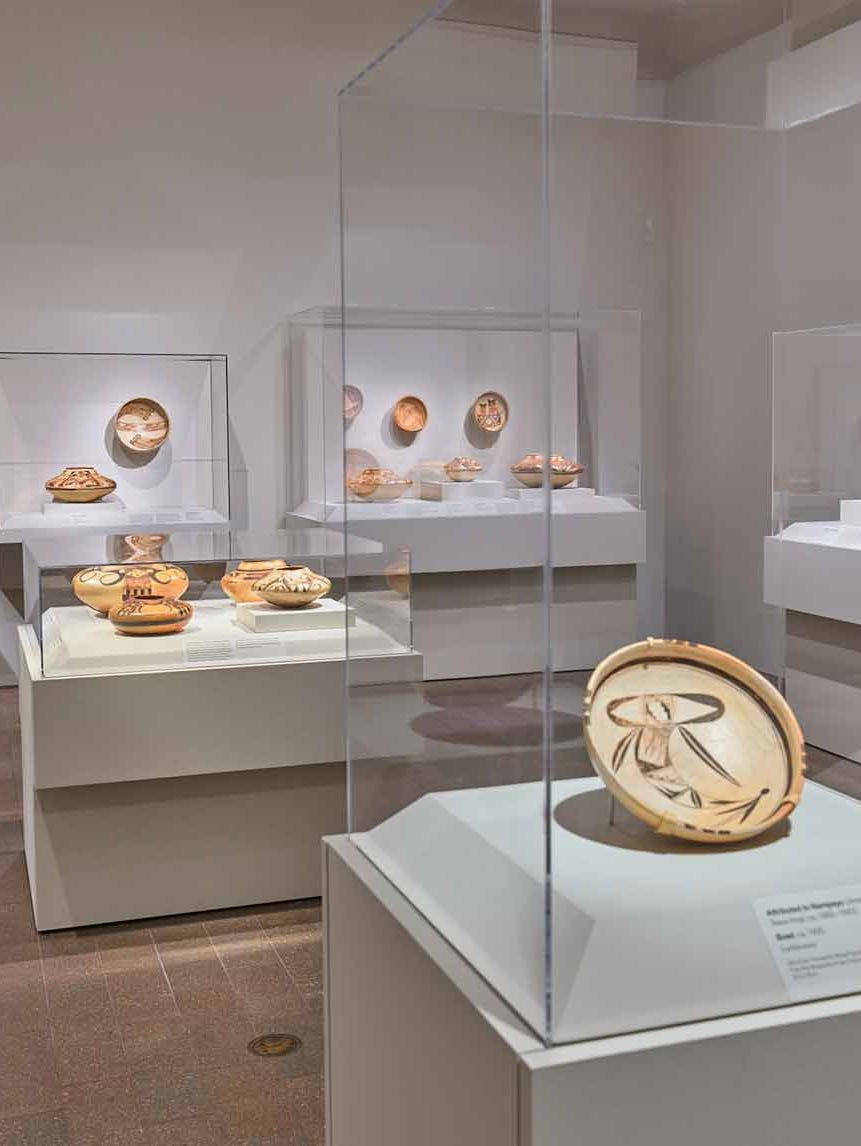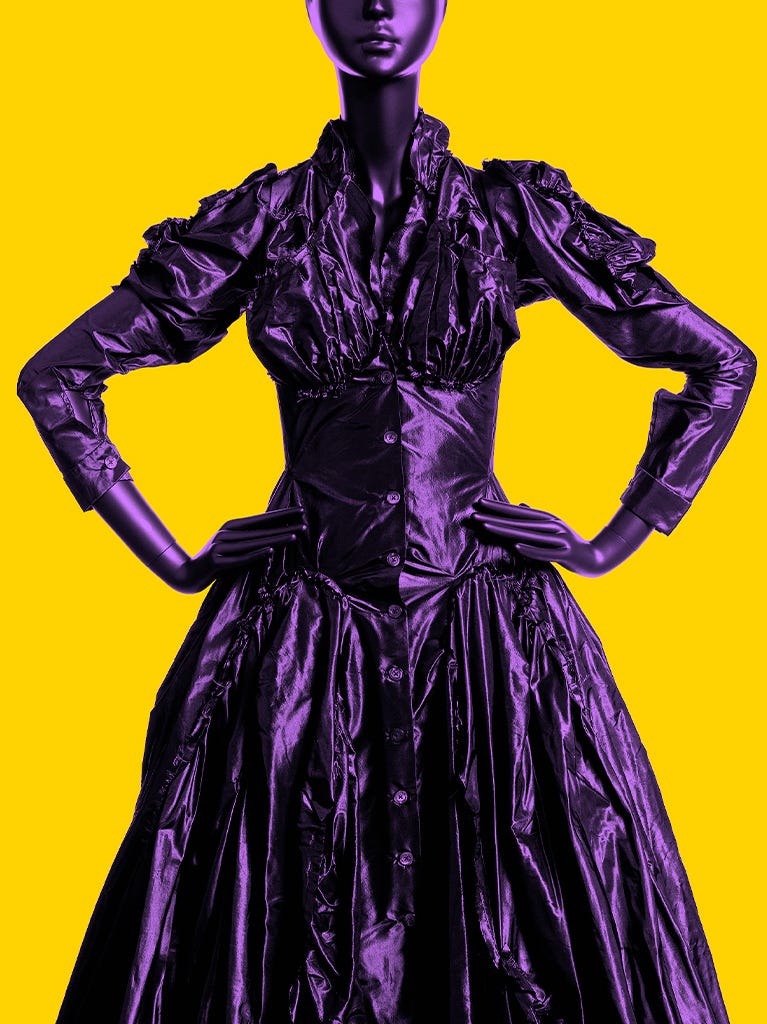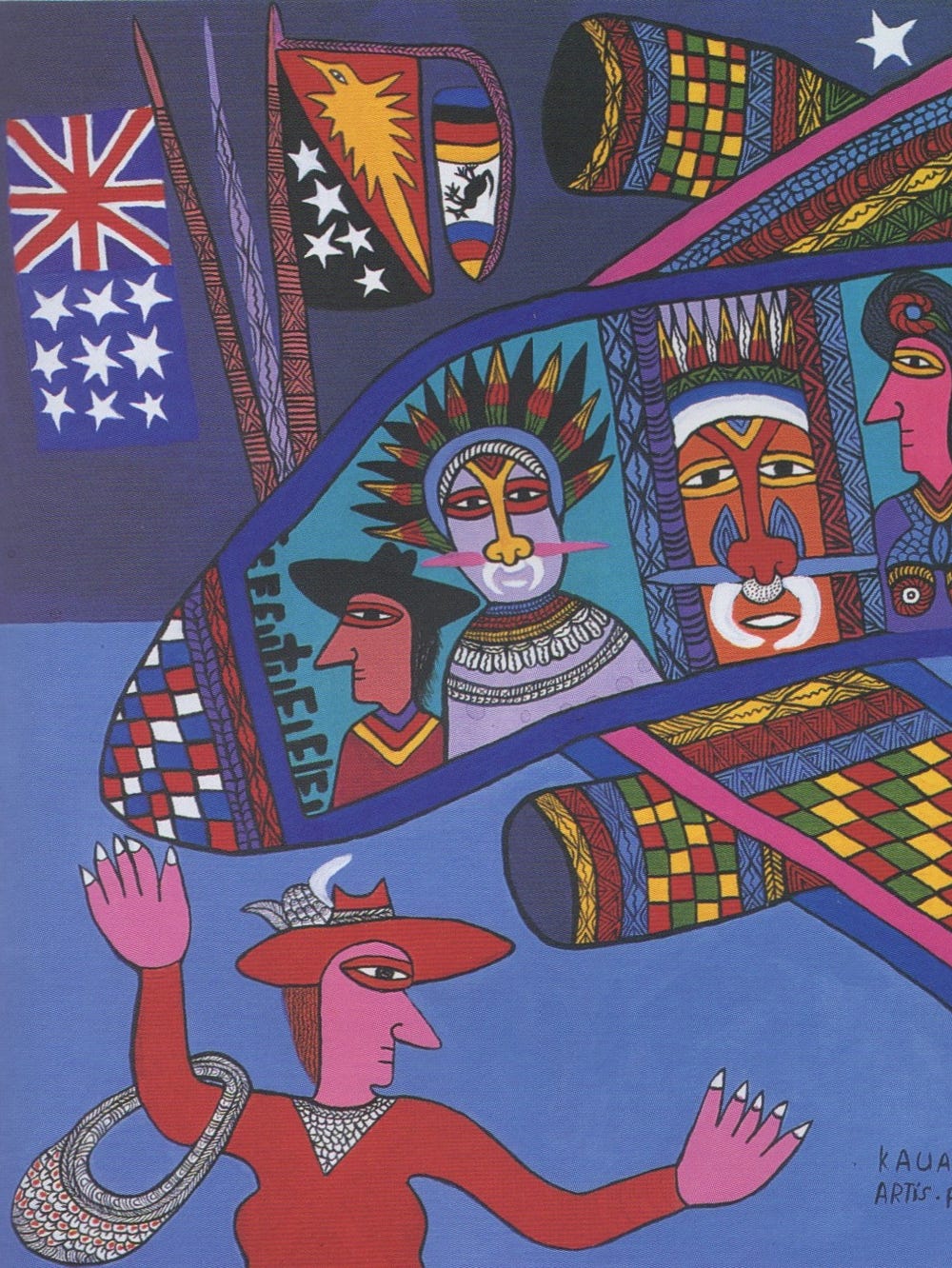(left) Pablo Picasso, Nu couche “Reclining Nude,” 1932. Oil on canvas, 51 3/16 x 63 11/16 in. Musée national Picasso-Paris, Pablo Picasso Acceptance in Lieu, 1979. © 2021 Estate of Pablo Picasso / Artists Rights Society (ARS), New York. Photograph by Adrien Didierjean, © RMN-Grand Palais / Art Resource, NY. (right) Alexander Calder, Croisière, 1931. Wire, wood, and paint, 37” x 23” x 23”. Calder Foundation, New York. © 2021 Calder Foundation, New York / Artists Rights Society (ARS), New York. Photograph by Tom Powel Imaging © Calder Foundation, New York; photo courtesy Calder Foundation, New York / Art Resource, New York
Calder-Picasso
Jump to
The de Young is the first American venue for the exhibition Calder-Picasso, which features more than 100 sculptures, paintings, drawings, and photographs. Conceived by the artists’ grandsons Alexander S. C. Rower and Bernard Ruiz-Picasso, it is the first major museum exhibition to explore the formal connections between the works of Alexander Calder (1898–1976) and Pablo Picasso (1881 – 1973), two of the most innovative and influential figures of the twentieth century. While the resonances between them are filled with endless possibilities, this exhibition compellingly presents their explorations of the void, or the absence of space, from the figure through to abstraction.
With his mobiles, Calder animated sculpture and engaged the viewer in a dynamic dialogue with the ever-evolving artwork. Alternating between representation and abstraction, Picasso revealed and explored the infinite potential inherent in both styles, often in the same work of art. This exhibition reaffirms the revolutionary contributions of two artists who transformed our conceptions of form and space — and thus the very definition of art itself.
In depth
Calder externalized the void through curiosity and intellectual expansion, seeking to capture the unseen and unknowable forces that lie beneath and beyond the three visible physical dimensions, in order to create a sense of grandeur immense, or “immense grandeur.” Picasso personalized the exploration, focusing on the emotional inner self. Describing his works as pages from his diary, he was engaged with fusing the personal with the universal and was determined to achieve “a deeper likeness, more real than real, thus becoming sur-real.”
Both Calder and Picasso recognized and embraced the potential of the artist to reimagine both visible and invisible worlds through the related processes of constructing and deconstructing subjects and forms in art. For Calder, this process often was one of construction—creating, combining, and animating abstract elements to create a larger and ever-evolving conception of space. For Picasso, this process often was one of deconstruction—destroying, dissecting, and distilling existing subjects to reveal multiple realities — or surrealities. Both artists sought to visualize deeper truths that expand our sense of the possible in art.
Remarkably varied artworks by Calder and Picasso are juxtaposed in thematic groupings throughout the exhibition, revealing the intriguing parallels between these great innovators and the unique visions that make each distinctive.
Sponsors
This exhibition is supported by an indemnity from the Federal Council on the Arts and the Humanities.
Herbst Exhibition Galleries
Presenting Sponsors
John A. and Cynthia Fry Gunn
Diane B. Wilsey
Lead Sponsors
Barbara A. Wolfe
Michael Taylor Trust
San Francisco Auxiliary of the Fine Arts Museums
Major Support
Ray and Dagmar Dolby Family Fund
John Pritzker Family Fund
Significant Support
The Harris Family
Generous Support
Almine Rech Gallery
Lucy Young Hamilton
Pace Gallery
Vance Wall Foundation
Paul A. Violich
David A. Wollenberg
Additional support is provided by Sandra and Paul Bessières and Seth L. Matarasso, MD.




